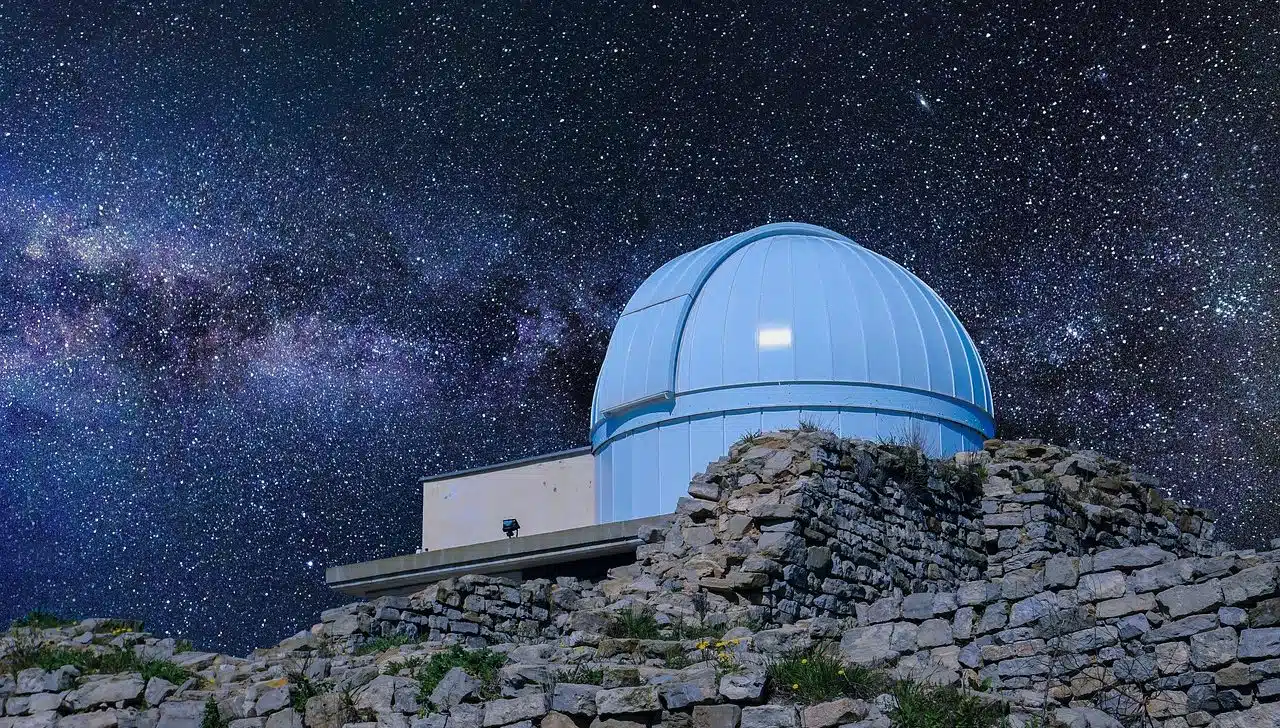
There is an observatory class, as with the space telescope, which is based in space, but there are also observatories that are located underground, those that are built at ground level and others whose bases are in the air.
Observatory is the place or facility that is adequately equipped to investigate, examine and record elements, objects, situations and events of a social, natural or astronomical nature.
This type of center was born a long time ago with the purpose of observing and studying atmospheric or astronomical phenomena . Experts in climatology , volcanology , geology , astronomy and meteorology , among other sciences and branches, use it.
Over the years, however, the concept of observatory spread and was applied in different disciplines and areas to refer to initiatives or spaces that are responsible for collecting thematic information and monitoring, for example, the reality of work and the functioning of the media within a given country.
Types of observatory
Observatories with different characteristics and purposes can be found in different corners of the planet .
The meteorological observatory , to cite a specific case, is prepared with technology , instruments and trained personnel to evaluate variables and make a weather prediction with the smallest possible margin of error, study the climate and work with data to be able to predict what the conditions will be like. meteorological conditions and what phenomena may be triggered in the short term in each city and province of a given territory.
A radio astronomical observatory , such as those in New Mexico ( United States ) and South Africa , among many other places in the world, has telescopes and modern resources essential for investigating the Milky Way , for example. It should be noted that, when focusing on the study of galaxies , stars and planets , the operation of a space probe or artificial satellite , a device or object commonly called a telescope or space observatory , is of utmost importance.
If we focus attention on a gamma ray observatory (such as the High Altitude Water Cherenkov located in Mexico ), on the other hand, data related to extremely sensitive methods and detectors aimed at discovering cosmic or primary rays will come to light. high energy or gamma radiation in the universe .

The JAXA space agency and NASA have joined forces to put into circulation an astronomical satellite named XRISM (benefited from modern X-ray imaging spectroscopy technology) in order to investigate the universe in depth.
It is also enriching to know what and how a solar observatory is. It is seductive, in this framework, to learn about the Chankillo Archaeoastronomic Complex , which is located in Peru and was included by UNESCO in its World Heritage list. There are ruins of what is considered, to date, the oldest solar observatory in America.
Essential equipment and resources
Observatories , beyond certain differences between them in terms of dimensions, location, dates of creation and elements used, are characterized by having essential equipment and resources to carry out discoveries and monitoring on a large scale and with a high level of precision.
The astronomical clock (a device built to mark the relative positions of major planets , the moon , the constellations and the sun , the times of solstices , etc.), to indicate a specific case, is transcendental for an astronomical observatory . Spectroscopes combined with telescopes also serve astronomers to inspect the light coming from the stars. Radio telescopes equipped with powerful antennas are also valuable for scientists to track unmanned space flights and detect radio waves coming from nebulae , planets , galaxies or stars , among other astronomical radio sources .
In a meteorological station , however, the essential instruments are anemometers , thermometers , rain gauges , heliographs or barometers .

More and more people are interested in astronomical tourism, also known as astrotourism. Thus, planetariums, astronomical observatories and museums specialized in astronomy add prominence outside the academic field and the field of research.
Most recognized observatories
Although there are numerous observatories deployed around the world, there is a group of them that, for different reasons, has been achieving a certain notoriety.
Among the most recognized observatories is the Mauna Loa meteorological observatory , a prestigious reference in terms of measuring greenhouse gases , specifically carbon dioxide . This facility near the volcano of the same name on the Big Island of Hawaii is more than three thousand meters high considering sea level. It is an ideal location to keep accurate records without major phenomena or factors that interfere with the study.
The Paranal observatory operates on Chilean soil, of an astronomical nature and equipped with a visible and infrared survey telescope through which the feat has been achieved of locating, in the central area of the Milky Way , aging giant stars that oscillate between extensive inactivity and occasional explosive reactions that lead to the development of clouds of dust and smoke .
Throughout History , centers also emerged that soon stood out and gained relevance beyond borders. The Royal Greenwich Observatory (which was born as an astronomical observatory at the urging of King Charles II of England and was transformed into a tourist attraction that invites you to appreciate clockmaking, astronomy and navigation artifacts and tools) and the Arecibo observatory (where at the end of 2020 broke the structure of the powerful radio telescope used for decades by experts in radar astronomy , planetary sciences , radio astronomy and atmospheric sciences ).
